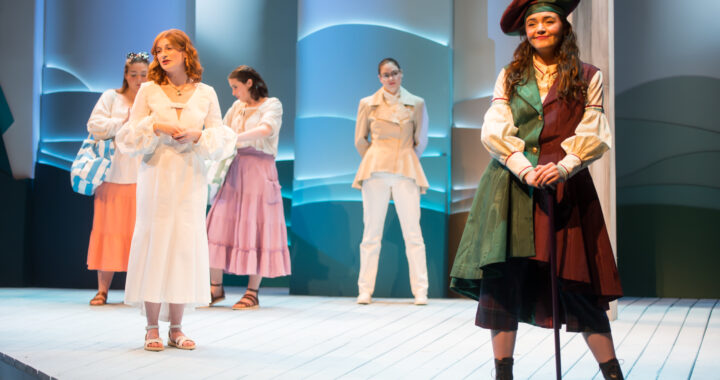Disparity of race distribution in university faculty and staff
3 min read
Milen Mehari
By MILEN MEHARI
Staff Writer
I am a Black student attending the University of Mary Washington, a predominately white institution, so naturally my woes of racial inequity are to be expected. I did not come to this university disillusioned, expecting an experience resembling that of an HBCU, historically Black college/university, because the disparity is quite clear. Consider the 2015 academic year wherein students of color made up 30 percent of the student body while professors of color were only 17.5 percent of the teaching staff. Furthermore, the only significant Black and Brown staff presence is either in the dining hall, cleaning or clerical staff.
While the fact that throughout my education in the United States my teachers were overwhelmingly white and the school staff was overwhelmingly Black or Brown has not changed, the way in which I process this information has evolved. I’ve developed the language to speak about racial construction and socioeconomic disparities while at UMW. However, I have always been aware of my discomfort with the lack of melanin in academia and the overrepresentation in clerical positions.
I feel socially validated in desiring greater visibility of professors of color, yet I’m wary that my wanting to have more Black and Brown professors as opposed to the non-academic staff feels like a pretentious and classist desire, especially as someone privileged enough to be a college student. I do wonder if the world of academia has groomed me to favor a capitalistic and uniquely American ideology of generational development. The idea of the American Dream for either yourself or your children is problematic given the systematic nature of racism and economic oppression. While I want to see an equal racial distribution in both academic and non-academic staff, for this reality to exist, social change is required.
I have been fortunate enough to have three Black professors during my three years at UMW, and two of the professors taught a Black/Brown curriculum. I consider myself lucky because I have Black friends that have never had a Black professor. In the worst instances, I’ve had friends whose white professors didn’t feel comfortable talking about slavery or referred to it as a “chore.”

I often wonder if universities are spaces for us to learn about agitating the systems that keep us in these unequal and inequitable social realities. An Audre Lorde quote comes to mind: “The master’s tools will never dismantle the master’s house. They may allow us temporarily to beat him at his own game, but they will never allow us to bring about genuine change.” Higher education propagates this narrative of social mobility, which is inherently oppressive. I can only be “better” in a context wherein someone continues to be “worst.” And this is a disheartening reality.
Upon coming to this conclusion, I sought out the guidance of Dr. Danny Tweedy, an English professor and one of the three Black professors I was privileged to study with. When I asked Tweedy about the impact of race on staffing he said the lack of representation of faculty of color affects “the perspective and credibility” of the courses that are taught. Furthermore, he stressed that the conversations that occur in the classroom are affected by the demographic of the class.
During my conversation with Tweedy, I kept feeling pessimistic about courses and how the people that take race-gender-class centered courses exist in a vacuum, as contrasted with students that don’t take these courses. Essentially, the white supremacist anti-queer patriarchal capitalist is not going to take a course that seeks to undermine his privileged state in this world.
So naturally, I asked Tweedy if we should be looking to UMW, and any academic institution at that, as a space for our revolutionary thinking. He responded, quite adamantly, “Yes,” arguing that when you come to college, “you’re trying to develop three skills: critical writing, critical reading, and critical thinking.” Universities are meant to challenge you, and make you critically assess everything.
In all honesty, I do see a space for the academic field in pursuing progressive means. After all I am a student, so at least in my journey I see the need for academics. Nonetheless, I’m still mad about the racial inequality in staffing. I’m still mad about slavery. And I’m still mad about colonization.
*Choice of the writer to capitalize Black and Brown.











